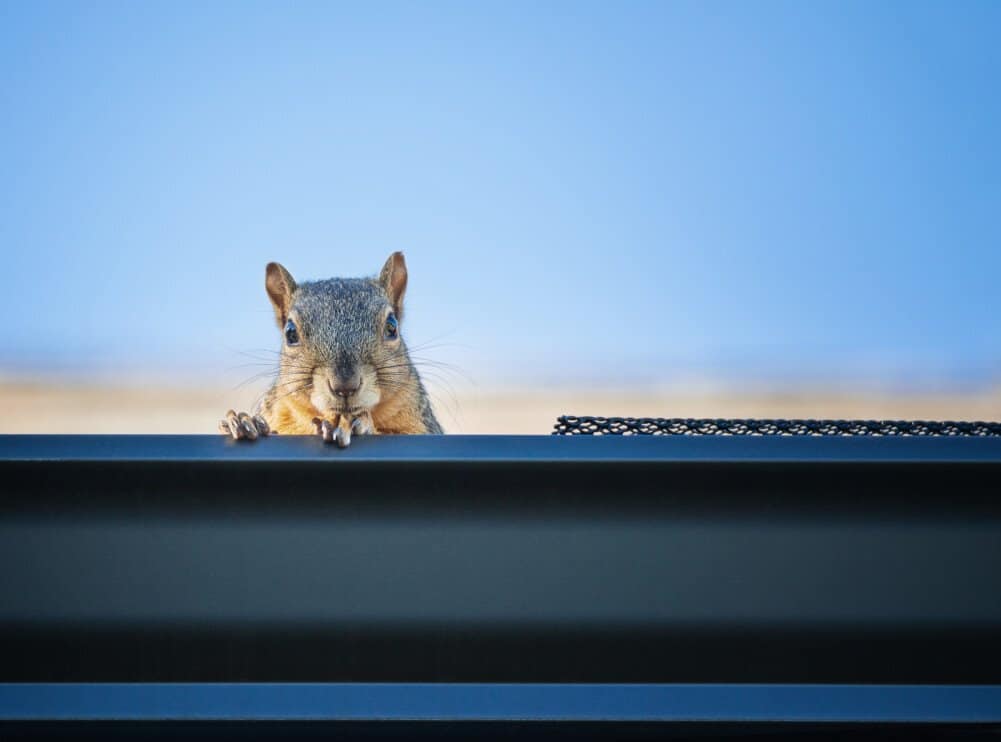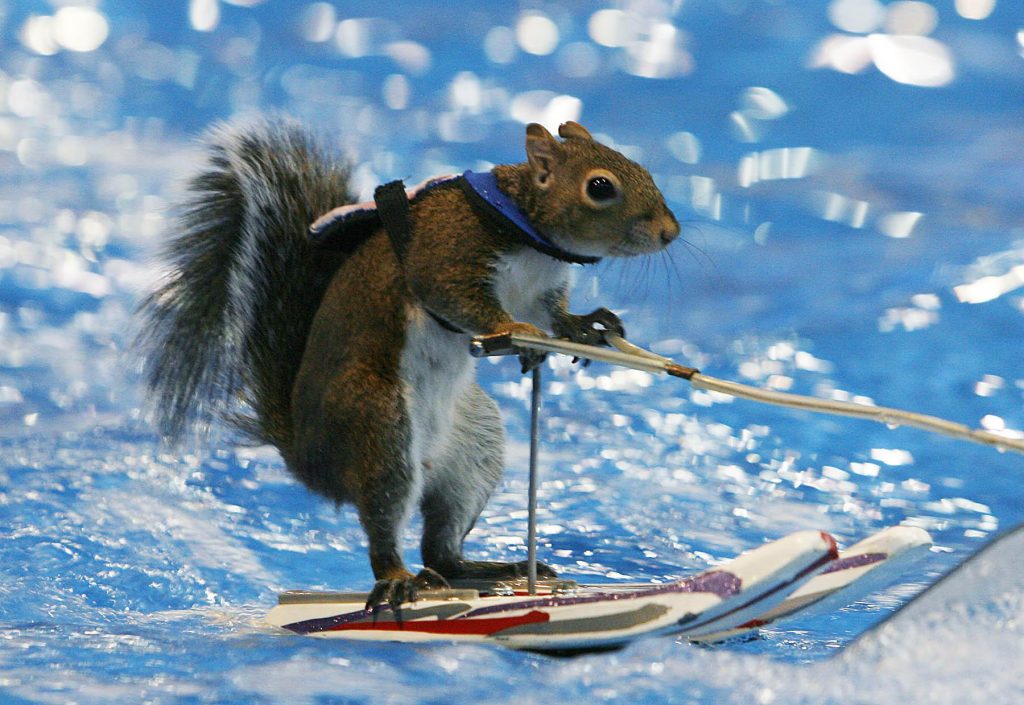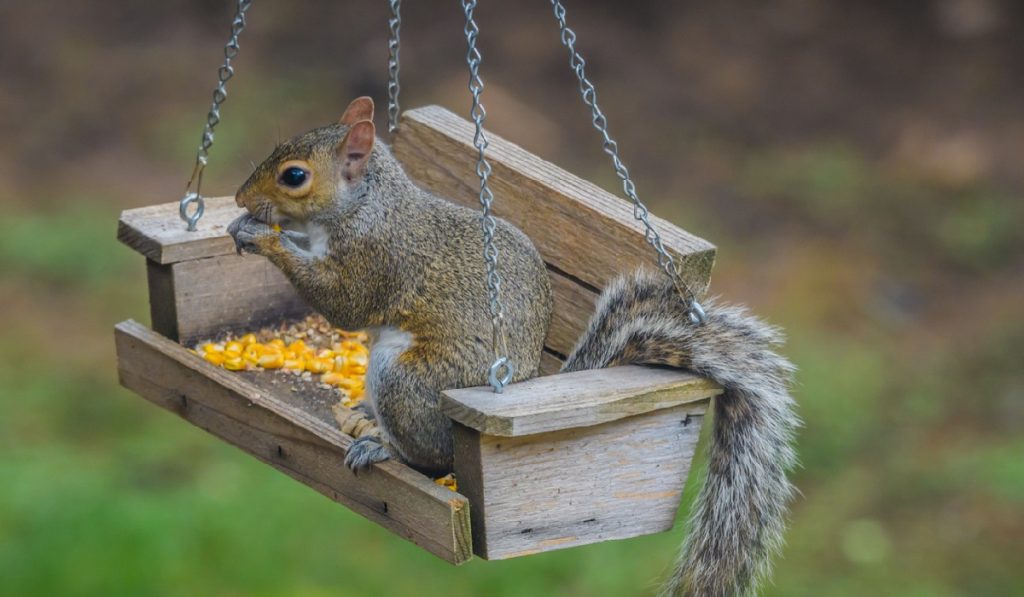Climate change is one of the most pressing environmental issues of our time, with far-reaching impacts on ecosystems and wildlife populations. In recent years, there has been growing concern about how climate change is affecting squirrel populations. In this article, we will explore the impact of climate change on squirrel populations, including the potential effects on their distribution, behavior, and survival.

Impact on Distribution
One of the most significant impacts of climate change on squirrel populations is changes in their geographic distribution. As temperatures rise and precipitation patterns shift, the habitats that squirrels rely on for food, shelter, and reproduction may become less suitable. For example, in some areas, droughts and wildfires may lead to the loss of forests and other natural habitats, making it difficult for squirrels to find suitable food and shelter. Similarly, rising temperatures may cause snowpacks to melt earlier, which can affect the timing of breeding and hibernation for some squirrel species.
In addition to changes in habitat, climate change can also affect the distribution of predators and competitors that squirrels must contend with. For example, in some areas, warmer temperatures may lead to the expansion of ranges for certain predators, such as snakes, that can prey on squirrels and their young. Similarly, as habitats shift, squirrels may encounter new competitors for food and other resources, which can impact their ability to survive and reproduce.

Impact on Behavior
Climate change can also impact the behavior of squirrels in a variety of ways. For example, some studies have suggested that warmer temperatures may cause squirrels to become more active during the day, rather than their usual nocturnal behavior. This could be due to the fact that squirrels may need to spend more time foraging for food during the day, as their food sources become less reliable.
Similarly, as temperatures rise, some squirrel species may shift their breeding and hibernation behaviors. For example, some species may breed earlier in the year to take advantage of cooler temperatures, while others may delay hibernation to take advantage of longer periods of food availability. These changes in behavior can have significant implications for squirrel populations, including their ability to reproduce and survive during periods of environmental stress.
Impact on Survival
Ultimately, the impact of climate change on squirrel populations will depend on a variety of factors, including their ability to adapt to changing environmental conditions. Some studies have suggested that certain squirrel species may be better equipped to cope with climate change than others. For example, some species may have broader geographic ranges and more flexible diets, which can help them to survive in a variety of environmental conditions.
However, for some species, the impacts of climate change may be more severe. For example, in areas where habitat loss and fragmentation are occurring at a rapid pace, some squirrel populations may be at risk of decline or extinction. Similarly, as temperatures continue to rise, some species may face increased competition for food and other resources, which can impact their ability to survive and reproduce.

In conclusion, the impact of climate change on squirrel populations is a complex and multi-faceted issue. As temperatures rise and precipitation patterns shift, squirrels may face significant challenges in terms of their distribution, behavior, and survival. While some species may be able to adapt to changing environmental conditions, others may be at risk of decline or extinction. As such, it is important for researchers, policymakers, and wildlife managers to work together to identify strategies for mitigating the impacts of climate change on squirrel populations, including habitat restoration, predator management, and the development of conservation plans that take into account the changing environmental conditions.